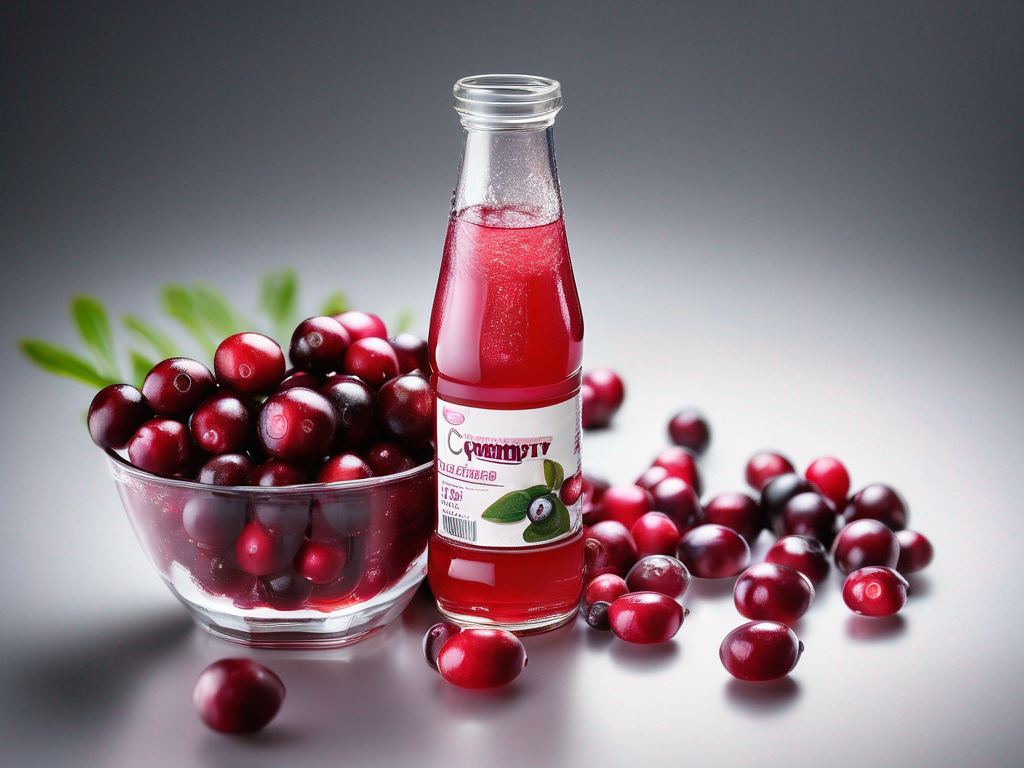
Tips for Extending the Shelf Life of Cranberry Juice Sold in Refrigerated Container Opened
Get Your Free Food Safety Cheat Sheet
30 most common foods with instant answers. Print it and stick it on your fridge—completely free!
Tips for Extending the Shelf Life of Cranberry Juice Sold in Refrigerated Container Opened
Cranberry juice is a popular and refreshing beverage known for its tart flavor and numerous health benefits. When it comes to storing cranberry juice sold in a refrigerated container that has been opened, it is essential to follow proper food safety guidelines to ensure it stays fresh and safe for consumption. In this blog post, we will discuss practical tips for extending the shelf life of cranberry juice sold in a refrigerated container that has been opened. (Cranberry juice sold in refrigerated container opened)
Understanding the Shelf Life of Cranberry Juice
Before we delve into storage tips, it's important to understand the typical shelf life of cranberry juice sold in a refrigerated container. Once opened, cranberry juice can usually last for about 7-10 days in the refrigerator. However, factors such as proper storage conditions, exposure to light, and temperature fluctuations can impact its freshness and safety.
Factors Affecting Shelf Life
Several factors can affect the shelf life of cranberry juice sold in a refrigerated container that has been opened, including:
- Temperature: Storing cranberry juice at the recommended temperature of 40°F (4°C) or below is crucial for maintaining its quality.
- Light Exposure: Exposure to light can lead to oxidation and degradation of the juice, affecting its taste and nutritional value.
- Contamination: Proper hygiene practices and avoiding cross-contamination can help prevent the growth of harmful bacteria in the juice.
Tips for Extending the Shelf Life
To ensure that your cranberry juice remains fresh and safe to consume for a longer period, follow these practical tips:
1. Store Properly
- Refrigerate Promptly: After opening the cranberry juice, refrigerate it promptly to slow down bacterial growth.
- Use a Sealed Container: Transfer the juice to a clean, airtight container to maintain its freshness and prevent contamination.
- Avoid Temperature Fluctuations: Keep the cranberry juice stored at a consistent temperature to preserve its quality.
2. Minimize Light Exposure
- Use Opaque Containers: Store the cranberry juice in an opaque container to shield it from light exposure.
- Keep Away from Direct Sunlight: Place the container in a dark area of the refrigerator to prevent light-induced degradation.
3. Practice Good Hygiene
- Wash Hands Before Handling: Always wash your hands before pouring cranberry juice to prevent contamination.
- Use Clean Utensils: Use clean utensils to scoop out the juice and avoid introducing bacteria.
4. Check for Signs of Spoilage
- Smell Test: If the cranberry juice has an off smell or unusual odor, discard it immediately.
- Visual Inspection: Check for any mold growth, discoloration, or cloudiness, as these are signs of spoilage.
- Taste Test: If the juice tastes sour or has an off-flavor, it is best to dispose of it.
5. Consume Promptly
- Follow Use-By Dates: Pay attention to the use-by date on the packaging and consume the cranberry juice before it expires.
- Use Within a Week: For optimal freshness, try to consume the opened cranberry juice within a week of opening.
Conclusion
By following these tips for extending the shelf life of cranberry juice sold in a refrigerated container that has been opened, you can enjoy this delicious and nutritious beverage for a longer period. Proper storage, minimizing light exposure, practicing good hygiene, checking for spoilage signs, and consuming the juice promptly are key factors in maintaining its freshness and safety. Remember to always prioritize food safety when storing and consuming perishable beverages like cranberry juice. (Cranberry juice sold in refrigerated container opened)
Related Posts
Here are some other articles you might find helpful:
Authoritative Food Safety References
These agencies and university labs inform every tip and health precaution we publish.
USDA FoodKeeper – Cold Storage Guidelines
Official refrigerator, freezer, and pantry timelines maintained by the U.S. Department of Agriculture.
Visit USDA FoodKeeperFDA Produce Safety Rule & Grower Guidance
Field-to-fridge handling practices that prevent contamination of fruits, vegetables, and leafy greens.
Visit FDA Produce SafetyCDC Foodborne Illness Prevention Hub
Surveillance-backed guidance on pathogens, symptoms, and steps to reduce foodborne illness risk.
Visit CDC Food SafetyUC Davis Postharvest Technology Center
University research detailing optimal storage atmospheres for produce after harvest.
Visit UC Davis PostharvestPenn State Extension – Home Food Preservation & Safety
Peer-reviewed extension bulletins on safe canning, chilling, and reheating practices.
Visit Penn State ExtensionGet Your Free Food Safety Cheat Sheet
30 most common foods with instant answers. Print it and stick it on your fridge—completely free! Want more? Upgrade to the complete guide with 70+ foods.
Scan your food directly and get instant safety info using our AI-powered camera feature.